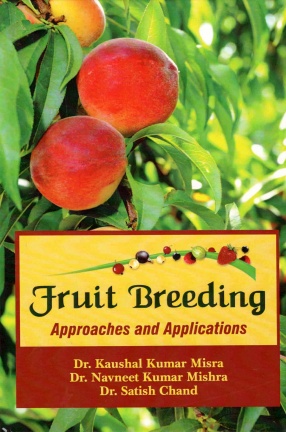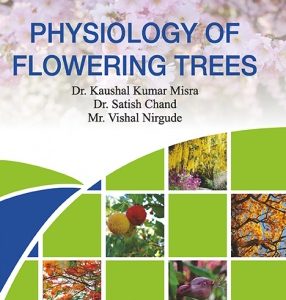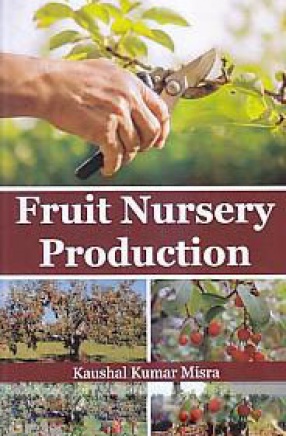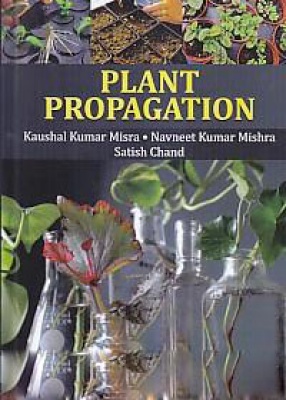Most varieties of fruit crops have originated as chance seedlings or through somatic mutation and have been maintained and multiplied through vegetative propagation by fruit growers. Studies on the mode of inheritance of important economic characters of fruit crops are difficult because of the heterozygous nature of plants. Moreover, varying degrees of sexual incompatibility have complicated the situation. The breeding of fruit crops are long term, low efficient and high cost operations. Most fruit crops have juvenility period of 12-20 years and the useful hybrids take about 10-20 years to identify. It is, therefore, a variety takes about 40 years to be released if found suitable.
Contents: Preface. 1. Almond. 2. Aonla. 3. Apple. 4. Apricot. 5. Avocado. 6. Bael. 7. Banana. 8. Ber. 9. Carambola. 10. Cherry. 11. Citrus fruits. 12. Custard apple. 13. Datepalm. 14. Grapes. 15. Guava. 16. Hazelnut. 17. Jackfruit. 18. Jamun. 19. Karonda. 20. Litchi. 21. Mango. 22. Mangosteen. 22. Mulberry. 24. Papaya. 25. Peach. 26. Pear. 27. Pecan nut. 28. Phalsa. 29. Pineapple. 30. Pistachio nut. 31. Plum. 32. Pomegranate. 33. Raspberry. 34. Sapota. 35. Walnut. Glossary. Bibliography. Index.









There are no reviews yet.